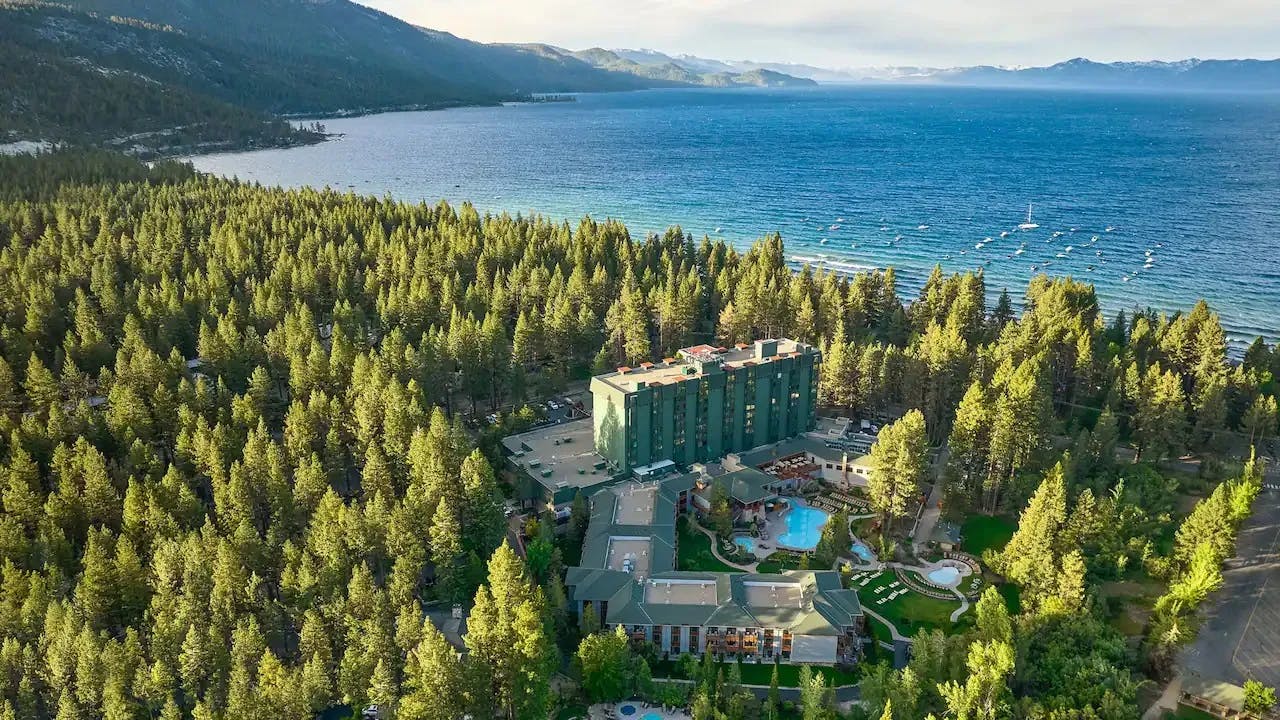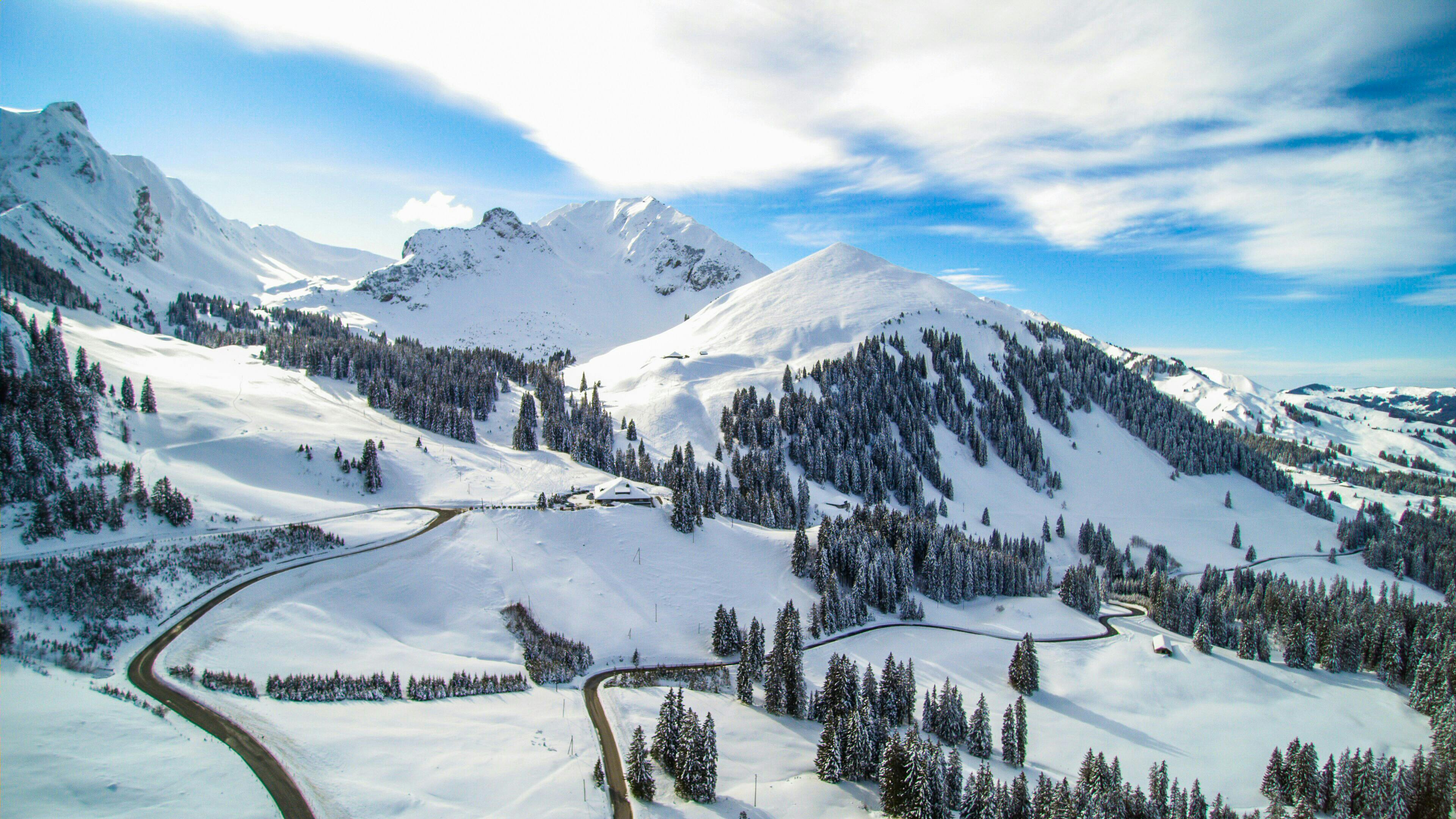- Ski.com Home
- Blog
- How To Ski Aspen Snowmass' Extreme Terrain
How To Ski Aspen Snowmass' Extreme Terrain


Thanks to its varied terrain offerings and gentle green and blue runs, Snowmass enjoys wide renown as a family-friendly ski area, but it flies under the radar as an expert’s mountain when in fact 47 percent (1,566 acres) of the terrain is rated advanced to expert. Moreover, a large portion of the high-alpine terrain is designated as extreme. Snowmass’ Hanging Valley Headwall area and the Cirque's Burn Cliffs have served as big mountain competition venues and are considered the most difficult runs of all four Aspen Snowmass resorts. Whether you’re on the hunt for untracked powder stashes, steeps and drops or you’re looking to liven up your family ski trip, Snowmass’ black and double black-diamond runs deliver plenty of rewarding challenges.
Related: Top Aspen Apres Ski And Nightlife
In many cases, accessing these zones require a bit of hike, so skiers or snowboarders should be in good physical condition and be advanced in ability. Additionally, skiers and snowboarders must enter the Cirque and Hanging Valley through the designated gates. Because they require extra ski-patrol control work, these areas will often open later than the rest of the mountain.
To help you get to the goods, we tapped Snowmass ski patroller Kevin “Delfo” Delves to share some of his favorite expert and extreme routes.
Go-to warm up laps
Start off your exploits with some hot laps on the eastern side of the resort. Work your way west when you’re ready for some bigger challenges. Delfo recommends Powderhorn, accessed off the top of Sam’s Knob.
“It offers fun rolling mogul terrain and provides some of the best views down into the Snowmass Creek drainage and the always impressive Mt. Daly,” says Delfo.
On your way to the Cirque, take a lap on Big Burn lift for another warm-up run. Garrett Gulch features some great advanced terrain and is perfect for readying the legs for more challenges.
Cirque
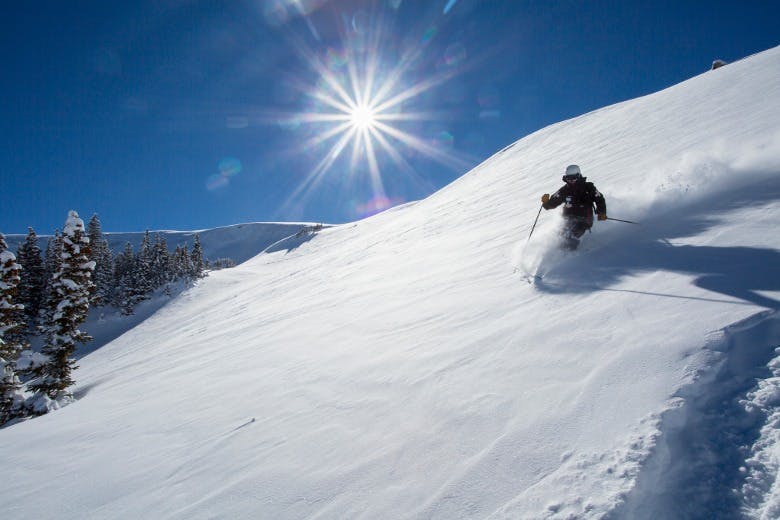
Photo: Jeremy Swanson/Aspen Snowmass
Accessible via ten different gates, the Cirque and Burn Cliffs are skiable from many different aspects and feature a host of routes. AMF is Delfo’s favorite.
“AMF is especially awesome in the spring because of its eastern exposure. It warms up sooner,” says Delfo.
For the steepest shot on all four of Aspen Snowmass’ mountain, head to Gowdy's, which is skier’s left of AMF.
“Here, you have to navigate a steep cornice; it’s less consequential on skier’s left or you can turn it into a hefty huck on the right side,” says Delfo.
The Burn Cliffs offer some of the most extreme open terrain in the state with several small technical chutes, and mandatory airs range from ten to 40 feet.
Check out a video from the 2008 Colorado Freeride Championships to get a better idea of the terrain in Snowmass' Cirque and Hanging Valley areas.
Right down the gut of the Cirque, is Cirque Headwall, which is the highest run on all four mountains and offers the highest access point into this massive expert-only zone. The run out is a combination of glades, open, rolling pitches and even pillow lines (Rock Island), which eventually funnel back to the bottom of the new High Alpine lift.
High Alpine
Getting from the Cirque to the High Alpine life, to access Hanging Valley, used to require an early exit and traverse to stay above Gwyn’s restaurant. That’s no longer the case, since the new High Alpine lift has been realigned to sit right below Gwyn’s. With a ride time cut in half, the new High Alpine lift provides easy access to the Hanging Valley gate. From the gate, you’re on top of Roberto's chute—the widest chute on Snowmass. If you hike a bit farther, you’re above the Hanging Valley Headwall, says Delfo.
Skiers can also enter this area from the High Pass traverse, accessed from top of the Cirque lift.
Roberto’s and Headwall lead to Hanging Valley proper (if you head left) and the Hanging Valley Wall (if you stay along the ski-area boundary). To get the adrenaline coursing, Delfo’s picks are Possible and Baby Ruth.
“Possible is an exposed chute through the cliff band, and Baby Ruth offers more of a gladed chute experience,” says Delfo.
Hanging Valley
“The Hanging Valley is a huge piece of terrain that takes years to learn,” says Delfo. “I have been working here for five years and never skied the same line twice.”
From the Headwall gate, West 1 and West 2 offer exposed, committed ramps of snow that wind their way through a rock band.
“There are some definite no fall zones above cliffs that do get hucked from time to time,” says Delfo.
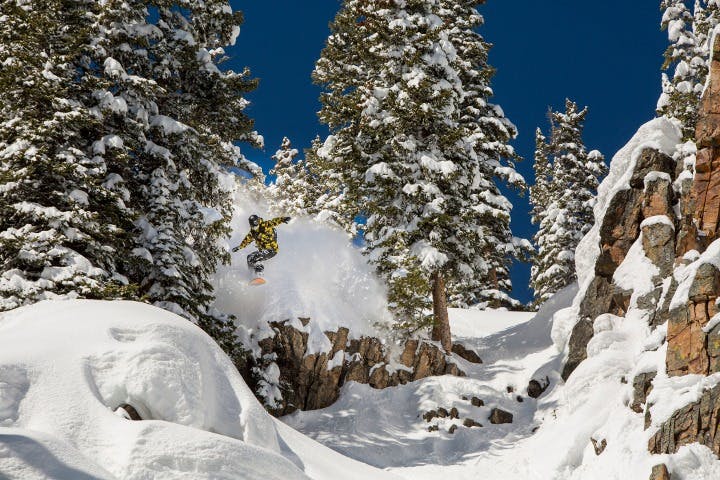 Hanging Valley | Photo: Jeremy Swanson/Aspen Snowmass
Hanging Valley | Photo: Jeremy Swanson/Aspen SnowmassIf you traverse just above the Hanging Valley Headwall, you can schuss East 1 and East 2, which are a couple of fun shots separated by a few sparse trees.
“East 1 and 2 will drop into a large parcel of rolling glades, where you’ll find some favorites like Frog Ponds, XYZ Lines and Hanging Valley Dikes," says Delfo.
If you bear right from the Headwall, you’ll end up on the Dragon’s Tooth Ridge. From here, you can bear right for the Ladder Gate or continue along the ridge. If you're gunning for Ladder and looking for a true challenge, traverse even farther right once you've entered the gate. You'll end up on the lower-left portion of the Ship's Prow. Everything except Rayburn’s Chute on the Ship's Prow is permanently closed due to deadly exposure above a large cliff band. For those who dare, Rayburn’s is a tight eight-foot-wide, 30-foot-long shot book-ended by rocks that can be skied straight into the basin below or aired off from either side.
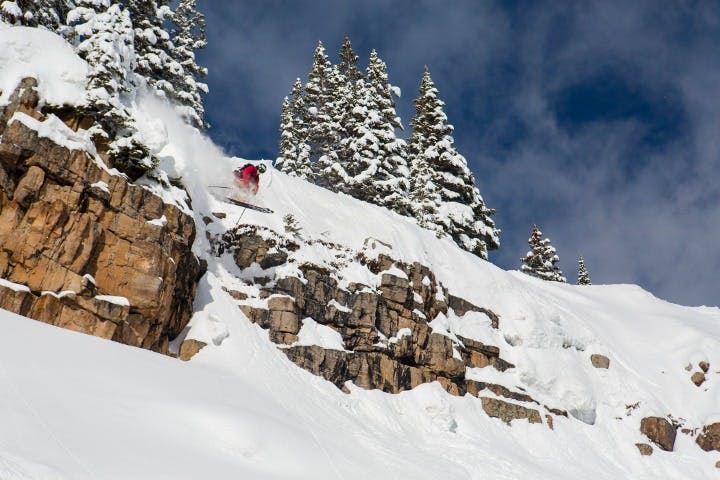 Along the Wall you can send some small to large cliffs. | Photo: Jeremy Swanson/Snowmass
Along the Wall you can send some small to large cliffs. | Photo: Jeremy Swanson/Snowmass“You can send this anywhere from ten to 30 feet," says Delfo, “Check for avavalanche debris first.”
Following the Dragon’s Tooth Ridge will bring skiers onto the Wall proper. Two large rock outcroppings separate Wall 1 from Wall 2 and the Strawberry Patch. From the top of the pitch, Wall 2 is situated skier’s right and Strawberry is on the far left. Both areas will please technical skiers or snowboarders as some billy goating is required to access the host of airs below.
“Be careful for rocks early season,” says Delfo.
In the spring, Strawberry Patch softens up first in the early-morning sun.
After making your way down a gladed runout, you’ll be dumped out onto Turkey Trot, which you’ll want to take to Adam’s Ave. Make your way make to the Alpine Springs lift to get back to the action.
Located at 8,683 feet in the Colorado Rockies Elk Mountain Range, the Timberline Condominiums provide a central location for outdoor winter adventures. Situated right next to Snowmass’ 3,128 acres of skiing and snowboarding, the ski-in/ski-out Timberline provides spacious condos and all the comforts of home. The Timberline consists of 88 individually owned and tastefully decorated condominiums which offer many different bedding arrangements, a fully equipped kitchen, fireplace (except studios), and balcony or deck. Studios have efficiency kitchens.
Relax in the slopeside pool and hot tubs, and enjoy dining at the on-site restaurant, The Edge Restaurant & Bar. The Timberline is the perfect location for a weekend getaway, a week-long trip with friends and family, a Rocky Mountain wedding, or family gathering.
Feeling inspired to conquer some terrain? Our 65+ Mountain Travel Experts can help you book all the travel components of a Snowmass ski trip. They are standing by at 800-610-8911. You can also get started by filling out a form for a free quote.
Leah Fielding
Author
Latest blogs
View AllHow Our Free White (Ski) Glove Service Works:
Reach out to a Ski.com Mountain Travel Expert by phone, chat, or our online form. Share details about your group size, interests, and budget and your Expert will begin to craft your dream ski vacation.
Get a curated proposal with personalized suggestions from your Expert via email. Book directly online or request additions or revisions from your Expert until it’s perfect.
If you have questions, want to add or modify your reservations or need anything assistance, your Expert is always by your side to help before, during and after your trip.
Sign up for our newsletter
Sign up for exclusive offers, news, updates and more.

